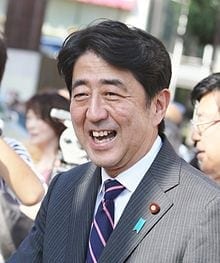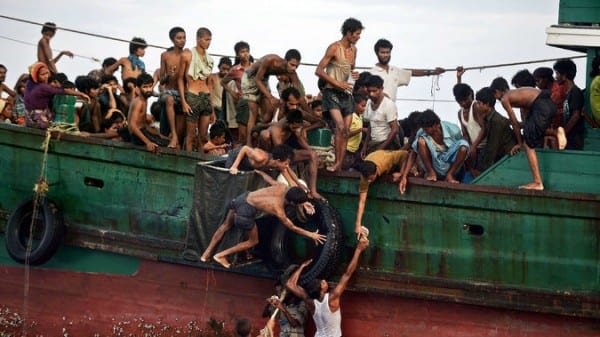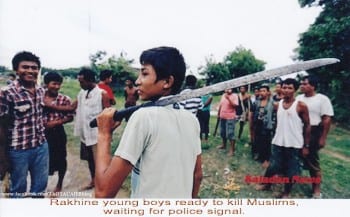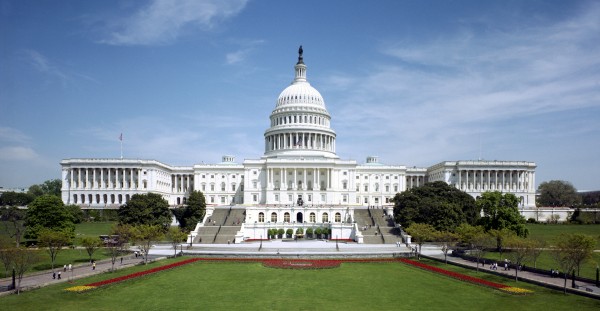

//

The US’ plan to construct a “New Middle East”, announced during the failed 2006 Israeli War on Lebanon, has been totally offset by Russia’s game-changing anti-terrorist intervention in Syria. Although no formal details were ever officially provided as to what this “New Middle East” would look like, many caught on that it would likely follow the destructive contours of Ralph Peters’ “Blood Borders”, in which the entire region falls apart along ethnic and sectarian lines in a Yinon-esque scenario. In fact, the fulfillment of this strategy is one of the main reasons why the “Arab Spring” theater-wide Color Revolutions and the War on Syria were unleashed, but all of that is proving to be for naught now that Russia brilliantly flipped the initiative and has indisputably become the leading actor in the Mideast.
Moscow’s “Mideast Pivot” is geared towards restoring the principles of order in the region that Washington had so wantonly disregarded as it blindly sought to destroy the status quo and chaotically remake the Mideast according to its own desired vision. With the tables having dramatically been turned, however, it’s time to explore another vision of the future, albeit one in which Russia, not the US, plays the guiding role over events. This “New Middle East” is a lot different than the one the US had intended, and it eliminates just about every lever of influence that Washington had previously employed in attempting to keep the region servilely under its strategic command.
This article’s premise is predicated on the Coalition of the Righteous (Russia-Syria-Iraq-Iran) succeeding in its extermination campaign against ISIL, and Part I proceeds to describe the paradigm shift that the Allies have enacted through their actions. Part II is then broken up into two separate sections that uncover the wide-ranging geopolitical consequences of a coalition victory, with the first one discussing the Lebanon-to-Iran Resistance Arc and the second one detailing the resultant destabilization of Saudi Arabia and Turkey. Finally, in response to this historical defeat inflicted against unipolarity, the article concludes by forecasting the ways in which the US will seek geopolitical revenge against Russia for unseating it from its prized perch at the crossroads of Afro-Eurasia.
Out With The Old, In With The New
The Coalition of the Righteous (COR) has completely upended the previous US-led order in the Mideast, and not much of the strategic architecture that Washington created over the past two and a half decades is expected to remain by the time its campaign is concluded. Here are the most notable elements that define this paradigm shift:
Russian Leadership
[dropcap]F[/dropcap]irst off, the most visible difference is that Russia has assumed the key role of setting the region’s agenda, and it’s Moscow, not Washington, that’s affecting the most tangible change in the Mideast. This development didn’t come out of nowhere, as despite the surprised reaction of many observers (especially Western ones), Russia had been steadily growing its regional clout for decades through the management of two ultra-strategic partnerships with Syria and Iran. The one with Iran is relatively new and mostly goes back to the early 2000s, but the relationship with Syria began in the early 1970s and is remarkably the only Soviet-era friendship to remain unscathed by Russia’s international drawdown in the 1990s. Through the simultaneous leveraging and strengthening of each of these bilateral partnerships, plus the unified strategic overlap between them (i.e. the Syrian-Iranian Strategic Partnership), a super nexus of interests has been established, thereby setting the strategic backdrop for the COR and the multilateral pushback against the US’ “New Middle East” of chaotic destruction. Unlike the US, Russia leads from the front, not from behind, and this fearless example has energized its coalition and raised the hopes of the entire multipolar world.
The Iraqi War Of Independence
[dropcap]O[/dropcap]ne of the most prominent elements of the Russian-led “New Middle East” is the inclusion of Iraq in the COR, which can be read as nothing less than the country’s desire to liberate itself from American proxy domination and truly experience its first sense of independence since 2003. Most Iraqis, and especially their government (as can be inferred by their membership in the COR), are cognizant of the fact that the US had been using ISIL as its strategic wrecking ball for actualizing Ralph Peters’ “Blood Borders”, and whether Sunni, Shia, or Kurdish, they appear to have finally had enough. Over 13 years of full-on destruction and countless false promises are enough to make even the most stalwart pro-American forces falter in their loyalty, and the Iraqi experience is the most striking global example of the grave perils that befall all of America’s second-rate, non-Western ‘partners’. The Iraqi War of Independence, which is what its COR anti-ISIL campaign basically amounts to, powerfully demonstrates that even the most abused proxy states have the real potential to fight back, provided that the political will is there at the highest levels and that the population is truly fed up with the prior state of affairs.
Syria Comes Full Circle
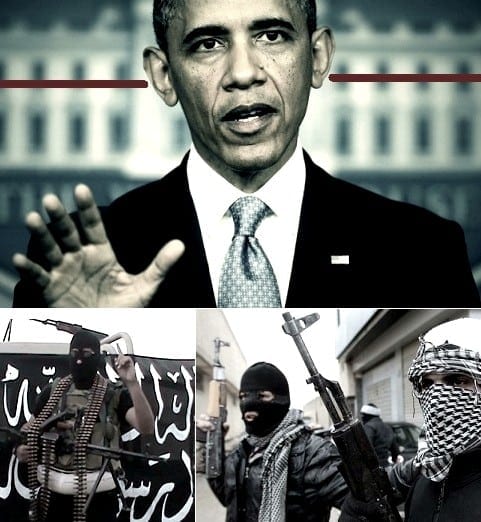
Stealthy, hypocritical mass murderers like Bush, Obama and the rest operate behind a thick curtain of bald-faced lies, glaring omissions, and public relationese.
[dropcap]S[/dropcap]yria, the scene of the present global attention, ironically just so happens to be the first battleground of the New Cold War, and it makes for a certain sense of poetic justice that the most epic geopolitical resistance that the US has ever experienced is taking place right there. The Pentagon’s power ploy in wrestling full control of the region by means of the “Arab Spring” Color Revolutions was the opening salvo of the New Cold War, as the US had originally planned to carry the chaotic regime change momentum all the way to Central Asia and thenceforth to the Resistant & Defiant (R&D) states of Russia, China, and Iran. It goes without saying that all three of these actors understood the global power grab that the US was undertaking even if they were slow in coordinating their response, and had it not been for fierce and patriotic Syrian resistance to this scheme, it’s possible that they would have been in a much less advantageous and more disorganized position in confronting it today.
Syria’s sacrifices stopped the tidal wave of terror from slamming into the R&D states, and Russia’s gratitude was expressed through its 2013 diplomatic intervention in staving off an American bombing campaign against the country. This bought the R&D states a bit more time to prepare before the next imminent onslaught, but it unwittingly provoked the US into moving forward its regime change plans for Ukraine and deploying them a year ahead of schedule. This vengeful attempt was meant to ‘punish’ Russia for the global embarrassment that it inflicted on the US in Syria, and it’s what most people mistakenly think set off the New Cold War, overlooking that it was Syria, not Ukraine, where the first battle was fought. Incidentally, everything has come full circle, and the most important stage of the New Cold War is presently being played out in Syria, as the COR smashes the terroristic instruments of unipolar hegemony and midwifes the birth of the multipolar world order, and more than likely, it won’t limit its successes to the Mideast either.
Chasing Evil
[dropcap]T[/dropcap]he largest uncertainty facing American strategists is exactly how far the COR will geographically go in fighting back against global terrorism. The present focus is obviously on the Syrian-Iraqi theater, but after the conclusion of that campaign, one must realistically ponder whether the Allies could repeat their success in Libya or Afghanistan, pending of course an official request from those countries’ leaders. Of corroborating note, it’s hugely significant that shortly after the COR’s anti-terrorist intervention in Syria, Kerry urgently pleaded with Libya’s leaders (both de-jure and de-facto) to form a government as soon as possible so as to stop ISIL from taking further hold of the country. One could venture to guess that the US is seriously worried about the possibility that an expanded COR, this time including Egypt (which has selectively intervened in Libya in the past), could intervene in the failed state in order to root out the Pentagon’s proxy forces and save the country from following The New York Times’ “Blood Borders”-like scenario of trilateral state fragmentation.
Concerning Afghanistan, if ISIL ever manages to establish a destabilizing enough foothold there, it’s possible that Kabul, having been witness to the efficiency of the COR’s anti-terrorist airstrikes in Syria, could request similar assistance in dislodging the terrorist group. If that happened, then it would be the final nail in the US’ Central-South Asian coffin of chaos, as Afghanistan would thus be signaling the beginning of its own War of Independence in removing the US’ presence. With the proxies go the patron, so it’s expected that as soon as the terrorists are extinguished from Libya and Afghanistan (potentially with COR assistance), the US will also be shown the door as well and these two states can finally regain the sovereignty that they had earlier lost.
“Syria’s sacrifices stopped the tidal wave of terror from slamming into the R&D states, and Russia’s gratitude was expressed through its 2013 diplomatic intervention in staving off an American bombing campaign against the country…”
Additionally, as a tangent of the Afghan scenario, if some type of terrorist threat emanating from the country was directed towards Central Asia (most realistically Tajikistan), it’s unquestionable that Russian-led COR-CSTO airstrikes will immediately be used to stop it. Likewise, Uzbekistan might even entertain the possibility of requesting multilateral Russian-involved assistance if a similar incident happens along its borders and spirals out of control, but only, of course, in very specific circumstances and if absolutely necessary for its survival. The problem in this operational Central-South Asian theater, however, is if a multitude of threats emerges simultaneously, which in that case could prove overwhelming for Russia’s military-strategic planners and will be addressed in Part IV of the article.
Crushing The US’ Pillars Of Power
Not counting Israel (which is in a special category of its own), US influence over the Mideast had rested on two primary pillars of power, Turkey and Saudi Arabia, but this construction is now crumbling as Russia returns to the region. In a twist of geopolitical fate, what the US had previously assumed to be the most stable countries in the region are now the two on the greatest verge of destabilization, and ironically, the two which the US had tried the most to destabilize (Syria and Iraq) are now the ones which look to have one of the most stable futures. Addressing the former, Erdogan’s bumbling miscalculations have returned Turkey to a state of de-facto civil war, while Saudi Arabia’s disastrous War on Yemen has given rise to a ‘rogue royal’s’ plan for regime change (to say nothing about the separate threats of ISIL and an Eastern Province revolt).
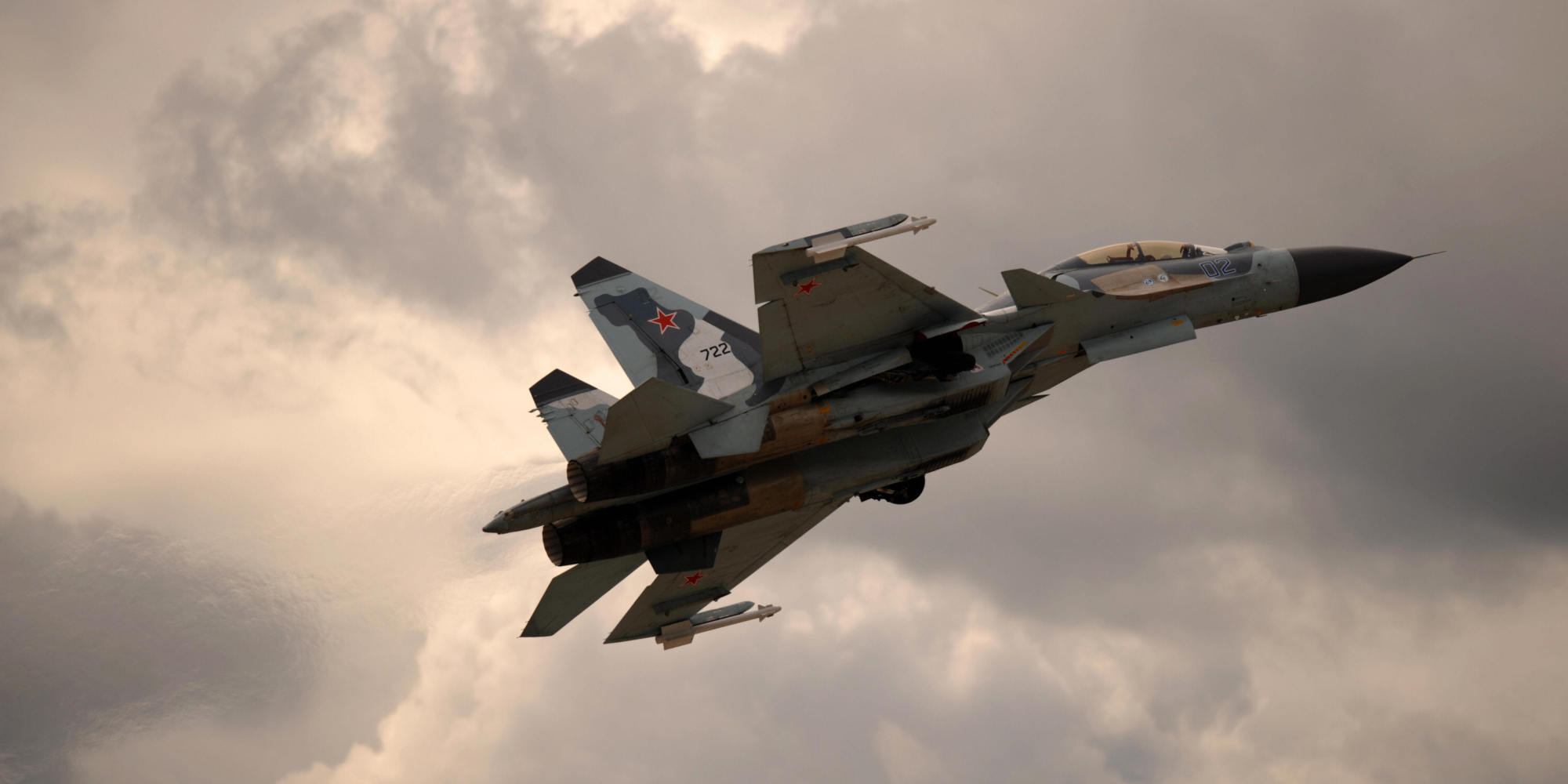
Russian Su-30 fighter on a mission in Syrian airspace.
Looking at Syria and Iraq, one of the COR’s geopolitical intentions is to safeguard the sovereignty and territorial integrity of its members, and the elimination of ISIL goes a far way in accomplishing that goal. Furthermore, concerning the previous fears of Kurdish separatism, it’s safe to say that Russia’s military assistance to the group has quelled this sentiment and endeared Moscow with a certain degree of influence in Erbil, which could of course be used to temper any secessionist thoughts that would play out to the US’ strategic advantage. With the Kurdish issue being dealt with, and the Wahhabist terrorists on the run, Syria and Iraq have a lot more to look forward to in their futures than civil war-struck Turkey and (royally and domestically) divided Saudi Arabia do, and this has of course weakened American grand strategy in the Mideast unlike any other series of events that has come before it and will be fleshed out more in Part II.
The Defeat Of The Reverse Brzezinski
[dropcap]T[/dropcap]he COR’s carefully delegated application of force in Syria – Russian support remains limited to air missions, the Syrian Arab Army and Kurdish militias take care of the full ground component – presents a disciplined way to prevent the temptation of mission creep, the core of the Reverse Brzezinski. If Russia and Iran can avoid this strategic pitfall, then they’d have nullified one of the US’ most innovative policies and won themselves much-needed breathing room for addressing future regional security threats. The more one reflects upon it, the more it becomes clear that the key to beating the Reverse Brzezinski is to assemble the proper coalition of forces for intervening in the “quagmire” zone. If either Great Power attempted to do so on its own and without self-restraint, then its chances of falling for the dupe would have greatly increased, but in the current case of Syria (and soon to be, Iraq), they’ve proven themselves more than able to patiently and multilaterally address the situation and steer clear of the US’ trap. If they can maintain this state of mind and inclusive operational behavior going forward (and there’s no reason to think that they can’t), as well as carry these lessons over to any forthcoming Reverse Brzezinski scenarios such as the South Caucasus or Central Asia, then the US’ formerly flexible strategy of entrapment would become a lot more rigid and much less likely to be employed in the future.
To be continued…
ABOUT THE AUTHOR
Andrew Korybko is the American political commentaror currently working for the Sputnik agency.
Note to Commenters
Due to severe hacking attacks in the recent past that brought our site down for up to 11 days with considerable loss of circulation, we exercise extreme caution in the comments we publish, as the comment box has been one of the main arteries to inject malicious code. Because of that comments may not appear immediately, but rest assured that if you are a legitimate commenter your opinion will be published within 24 hours. If your comment fails to appear, and you wish to reach us directly, send us a mail at: editor@greanvillepost.com
We apologize for this inconvenience.
 Nauseated by the
Nauseated by the
vile corporate media?
Had enough of their lies, escapism,
omissions and relentless manipulation?
GET EVEN.
Send a donation to
The Greanville Post–or
SHARE OUR ARTICLES WIDELY!
But be sure to support YOUR media.
If you don’t, who will?
ALL CAPTIONS AND PULL-QUOTES BY THE EDITORS, NOT THE AUTHORS.

 That’s you on the left and the elites’ mainstream media on the right. There’s only one solution: quit watching, listening to and reading their brainwashing propaganda. It’s like a bad drug that makes you stupid and babble. I know, because I used to be a muttering idiot myself. Then, get smart and find your freedom elsewhere in the information world. Read on…
That’s you on the left and the elites’ mainstream media on the right. There’s only one solution: quit watching, listening to and reading their brainwashing propaganda. It’s like a bad drug that makes you stupid and babble. I know, because I used to be a muttering idiot myself. Then, get smart and find your freedom elsewhere in the information world. Read on… 1950’s British ventriloquist Peter Bough on the right and his dummy Archie Andrews, on the left. They are playing the perfect allegory of the West’s deep state and its manipulated masses, respectively. That’s also me on the left, until I was about 58 years old, when I took my life-changing journey across China, in 44 Days (https://ganxy.com/i/88276/). You too can choose to not be Archie Andrews. Read on…
1950’s British ventriloquist Peter Bough on the right and his dummy Archie Andrews, on the left. They are playing the perfect allegory of the West’s deep state and its manipulated masses, respectively. That’s also me on the left, until I was about 58 years old, when I took my life-changing journey across China, in 44 Days (https://ganxy.com/i/88276/). You too can choose to not be Archie Andrews. Read on…












